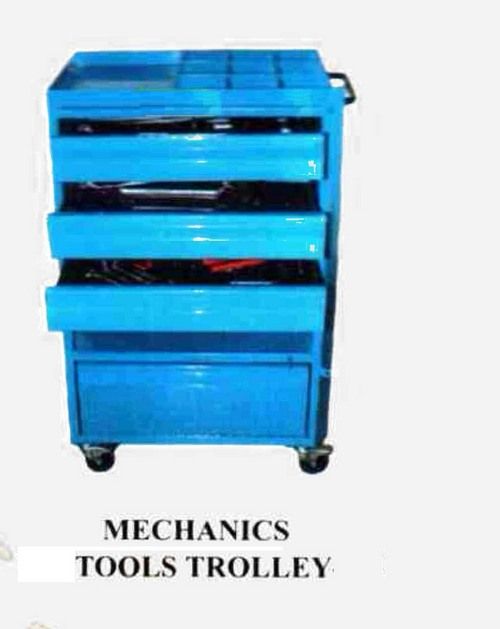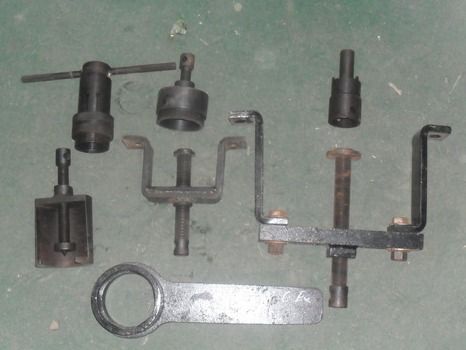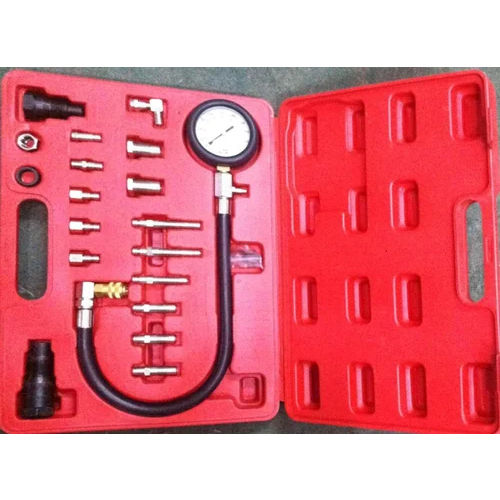Call : 08045475210
Vacuum Pump
Product Details:
- Product Type Vacuum Pump
- Lift Design Four Post Lift
- Lifting Height 254 - 1270 Millimeter (mm)
- Width 5-10 Millimeter (mm)
- Working Voltage 110-440 Volt
- Click to View more
X
Vacuum Pump Price And Quantity
- 1 Piece
Vacuum Pump Product Specifications
- 110-440 Volt
- 5-10 Millimeter (mm)
- Four Post Lift
- 254 - 1270 Millimeter (mm)
- Vacuum Pump
Vacuum Pump Trade Information
- Telegraphic Transfer (T/T) Cheque
- 1 Piece Per Day
- 1 Week
- All India
Product Description
A vacuum pump is designed to extract gases from a system, reducing the pressure within that system. It operates by creating a region of lower pressure, causing the gas molecules to move from an area of higher pressure to the lower-pressure region. This process creates a vacuum or a near-total vacuum, depending on the specific pump and application.
FAQ :
Q: Why are vacuum pumps used?
A: Vacuum pumps have numerous applications across various industries. They are commonly used in scientific research, manufacturing processes, medical equipment, and automotive systems. Vacuum pumps facilitate tasks such as removing air and moisture from a system, creating controlled environments for experiments, or assisting in processes like filtration, distillation, or degassing.
Q: What factors should be considered when selecting a vacuum pump?
A: When choosing a vacuum pump, it's essential to consider factors such as the required vacuum level, pumping speed, ultimate pressure, compatibility with gases and chemicals, power consumption, noise level, maintenance requirements, and cost.
Q: How do I maintain a vacuum pump?
A: Proper maintenance is crucial to ensure the longevity and optimal performance of a vacuum pump. Maintenance tasks may include regular oil changes (for oil-sealed pumps), cleaning or replacing filters, checking for leaks, inspecting seals and gaskets, and following the manufacturer's recommended service schedule.
Enter Buying Requirement Details
Other Products in 'Garage Tools' category
 |
SAHNEY TOOLS
All Rights Reserved.(Terms of Use) Developed and Managed by Infocom Network Private Limited. |

 Send Inquiry
Send Inquiry



